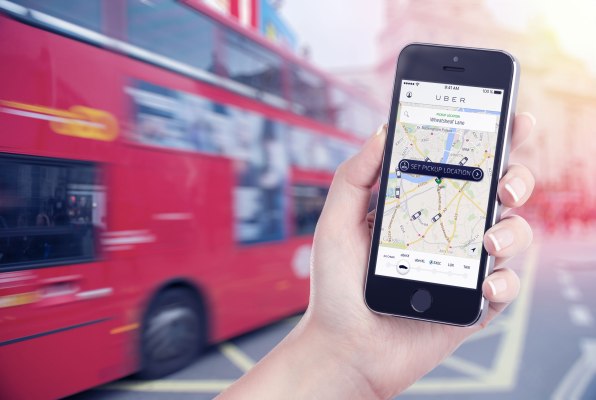Uber’s help desk has relocated from email communications to within the app. The reason? Many parts of the world where Uber is keen on gaining a large chunk of the market share, such as China and India, don’t use email like the Western world.
Strange to think about for those of us accustomed to emailing back and forth since the mid-90’s, but much of China doesn’t like replying by email and many people don’t even have an email address.
The Internet isn’t as reliable in parts of the world such as India and China so instead, they use apps like WeChat – which grew to more than one billion users in 2015 – to communicate.
The new in-app service rolled out to the U.S. late last year, but Uber has been working on the change from email messaging to app-based messaging for a couple of years, according to Uber product manager of “customer obsession” Michael York.
Uber is now expanding to different parts of the world to help retain customers who might want to contact Uber for things like a lost item or other complaints and works on both the rider and driver’s end.
“[The switch] is huge for China and India and places that really prefer app-based messaging over email,” York says.
The changes also alleviate some internal congestion on the help desk side. Uber specialists used to pick up email complaints about abusive passengers or lost items one at a time over email, but that was back when Uber was small and could handle the traffic.
Uber has also been criticized in the past for not having a phone number for immediate assistance and it was tough to tell if a human was on your case via email complaints. The Uber customer support emails simply created a uniform response until a human later replied.
Uber began investing “millions” in a network of support centers in various places over the last couple of years, including Chicago (US), Phoenix (US), Limerick (Ireland), Krakow (Poland), Wuhan (China), Hyderabad (India) and Manila (The Philippines) to help with quicker response times, but the communication between company and user needed something more native than email.
Engineers had to rewrite the whole support system on the backend to make the changes, according to global operations lead Michael Mizrahi.
But the in-app system is supposed to create a faster response time – and with plenty of support centers available now plus the built-in messaging, this could alleviate some of the stress and bypass the need for a hotline.
“On the external side for riders and partners they now have access to a fully native support section under help in the main menu and they really just need to use a fraction of the effort they used to exert over email to get help,” Mizrahi told TechCrunch.
